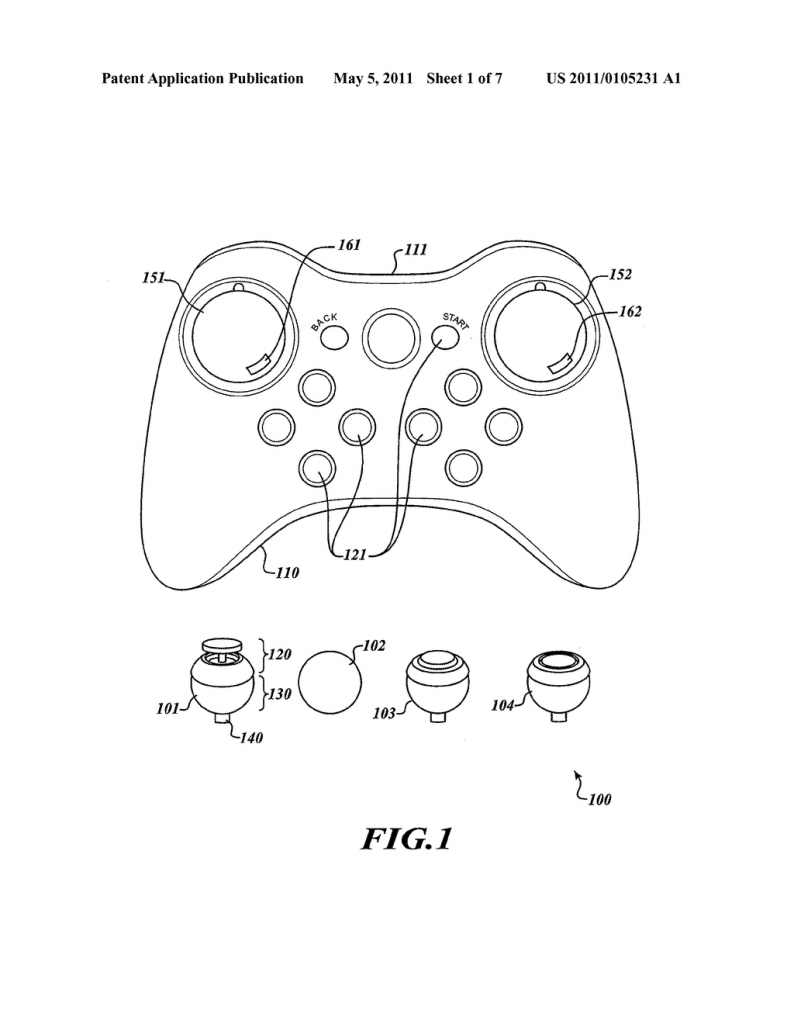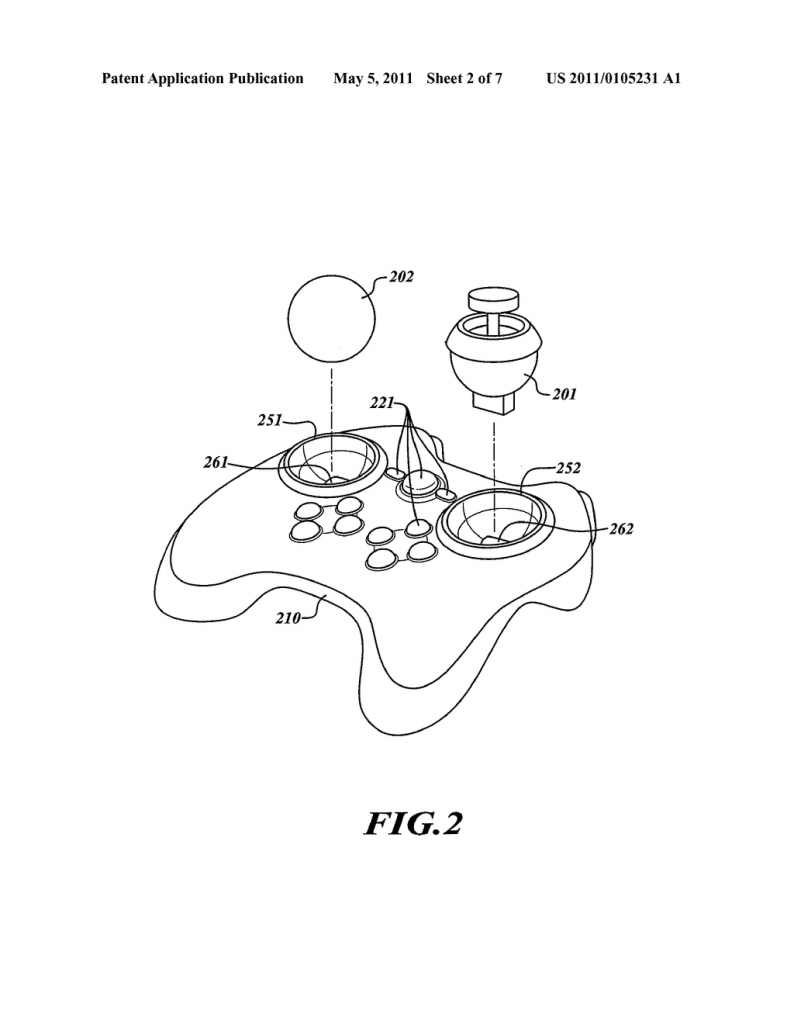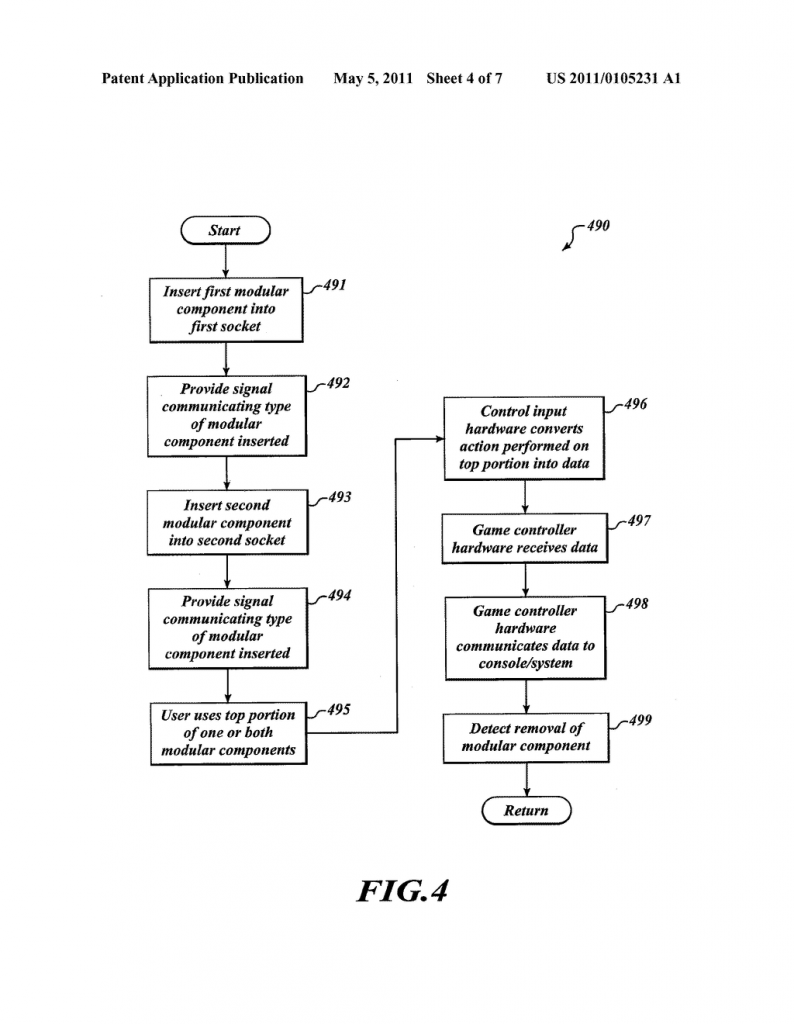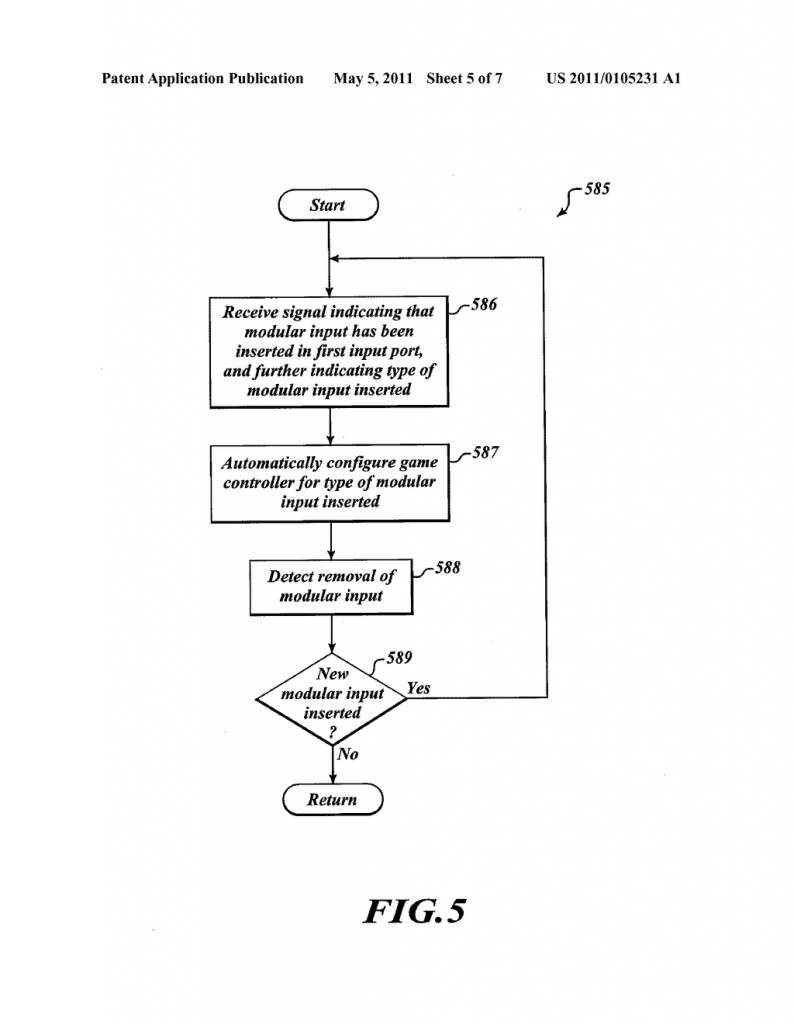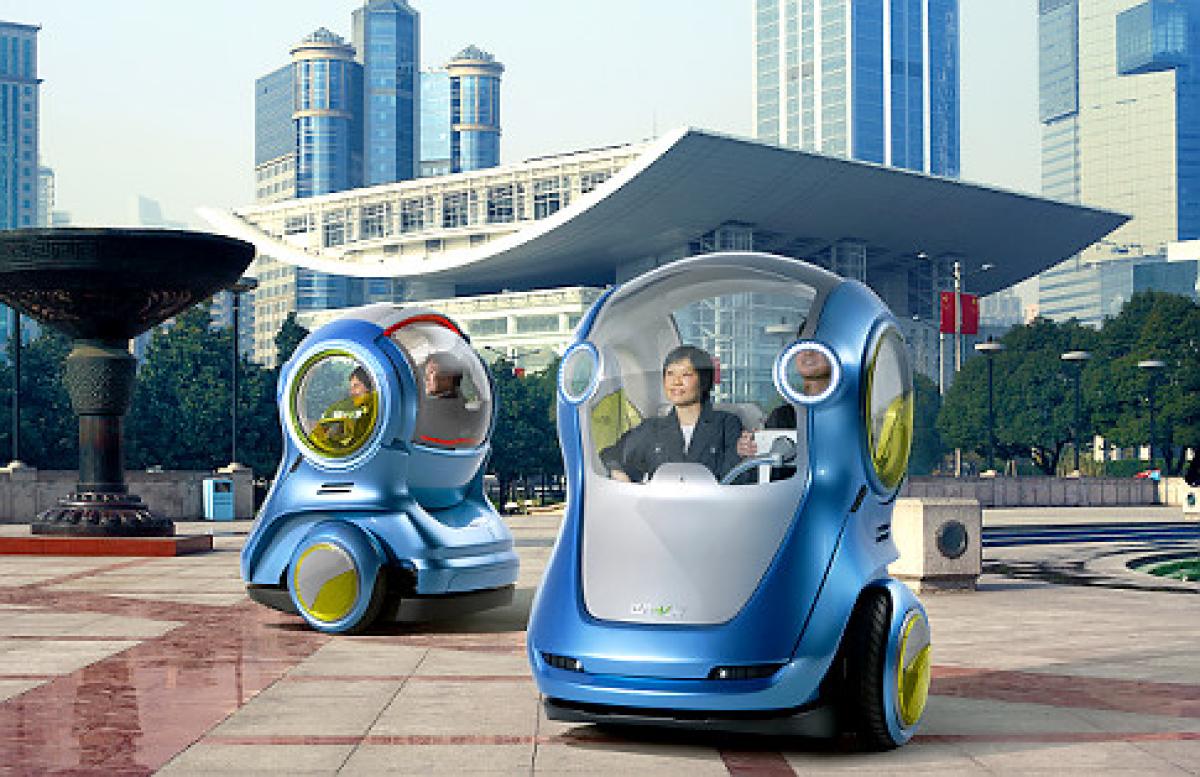It looks like Valve may be stepping beyond software and trying their hand at hardware.
Valve, the American video game development and digital distribution company and creator of Steam, the digital distribution, rights management, multiplayer and communications platform, is rumored to be toying with the idea of creating hardware.
In an interview with Penny Arcade, Gabe Newell stated that when it comes to creating hardware, “we think that we need to continue to have innovation and if the only way to get these kind of projects started is by us going and developing and selling the hardware directly then that’s what we’ll do.”
As Valve has already been experimenting with biometrics, any controller that they create could potentially become another aspect of the game. Just as the rumble changed gaming, the addition of biometrics, through either a wearable piece or part of the controller, could add an entirely new element to competitive gaming. Newell acknowledged the role that biometrics has played in beta testing by stating that “If you’re in a competitive situation and you see someone’s heart rate go up, it’s way more rewarding than we would have thought. And if you see somebody in a co-op game sweating, people tend to respond to that way more than we would have thought.” I could only imagine what kind of data they would get from me when playing Half-Life.
So what exactly is Valve up to? Newell claims that Valve is “looking at some of the emerging output technologies that are coming along and trying to figure out how much of an impact that they’re gonna have on our designs. So we mock stuff up in our hardware labs and try and figure out different, sort of game fragments and see how those things work. But it does tend to be pretty focused on trying to get things to the point where we can get it in front of customers so they can start showing us what are the good ideas and what are the bad ideas”.
Looking at the patent that Valve filed in November 2009, they are creating a two-handed controller with the ability to swap out sockets, allowing for gamers to insert parts for optimal game-play. Some of the options for exchangeable parts are trackball, an analog stick, touchpad, directional pad, digital joystick, mouse, keyboard, or any other device designed for gaming that can receive input.
According to the patent, FIG. 1 shows an embodiment of a game controller kit including a game controller and embodiments of four modular control inputs (101-104). Except for the trackball modular control input 102, each modular control input 101-104 includes a top portion and bottom portion, and an interface (140) that is connected to the bottom portion (130). The sockets will be shaped for easy insertion and removal of the trackball, and Valve is aiming to make it so that each subsequent input will have the same shape.
Additionally, “each of the modular control inputs 101-104 performs a particular input function according to its top portion 120. For example, modular control input 101 is an analog stick. Modular control input 103 is a directional pad. Modular control input 104 is a touchpad. Although only one of each type of input module is shown below, there may be two of some of the different types of inputs, such as two analog stick input controllers 101…Also, more types of input controllers than shown in FIG. 1 may be included, such as an analog or digital joystick, accelerometer input, pressure-sensitive button, microphone, and/or the like. A number of different variables are possible with various modular inputs that may be used, by varying different parameters as follows”.
Figures 4 and 5 demonstrate the process of exchanging inputs. If their controller is any indication, then users can be sure that any hardware from Valve will not only be innovative, but will be completely created by gamers for gamers.

